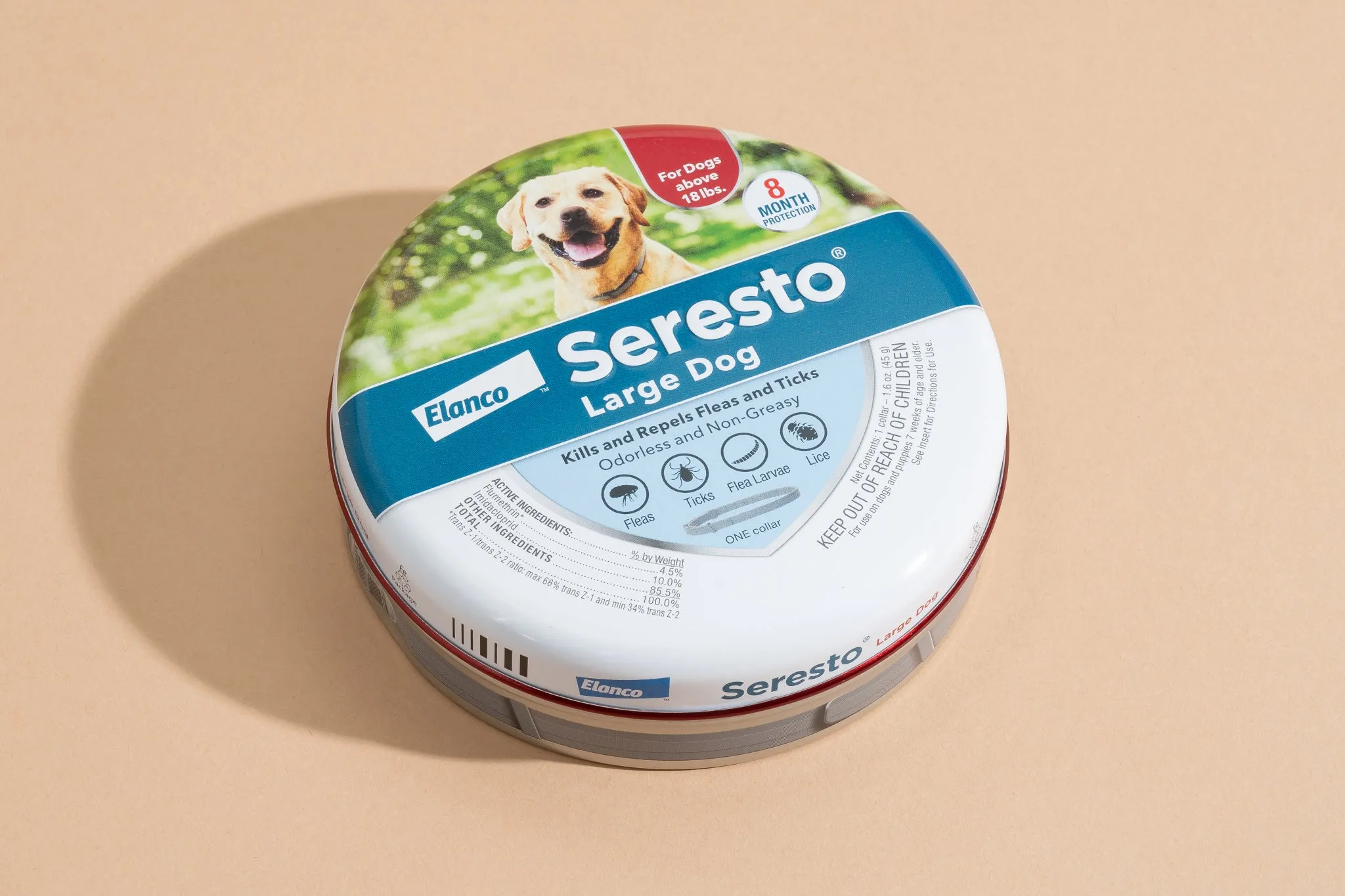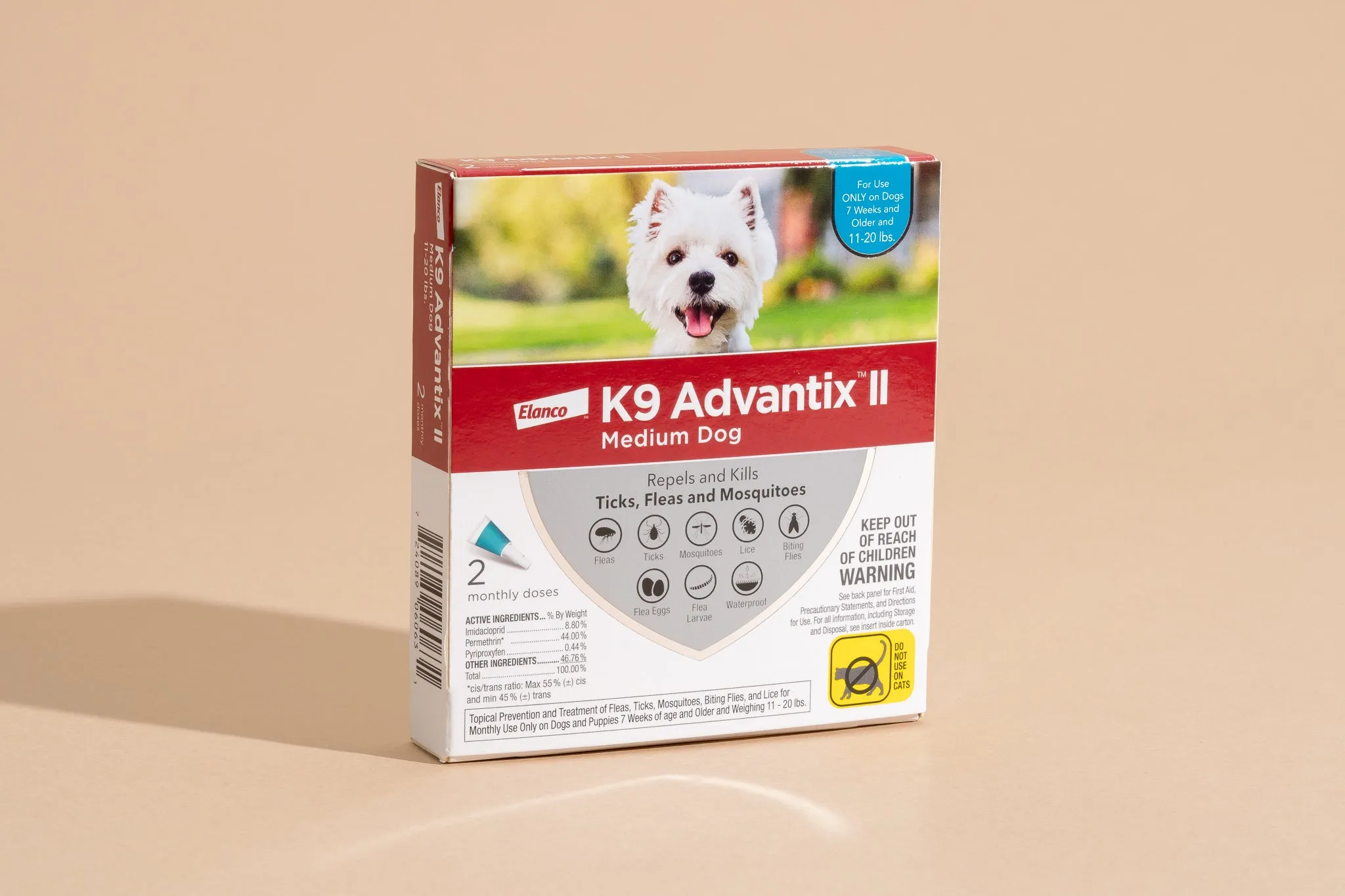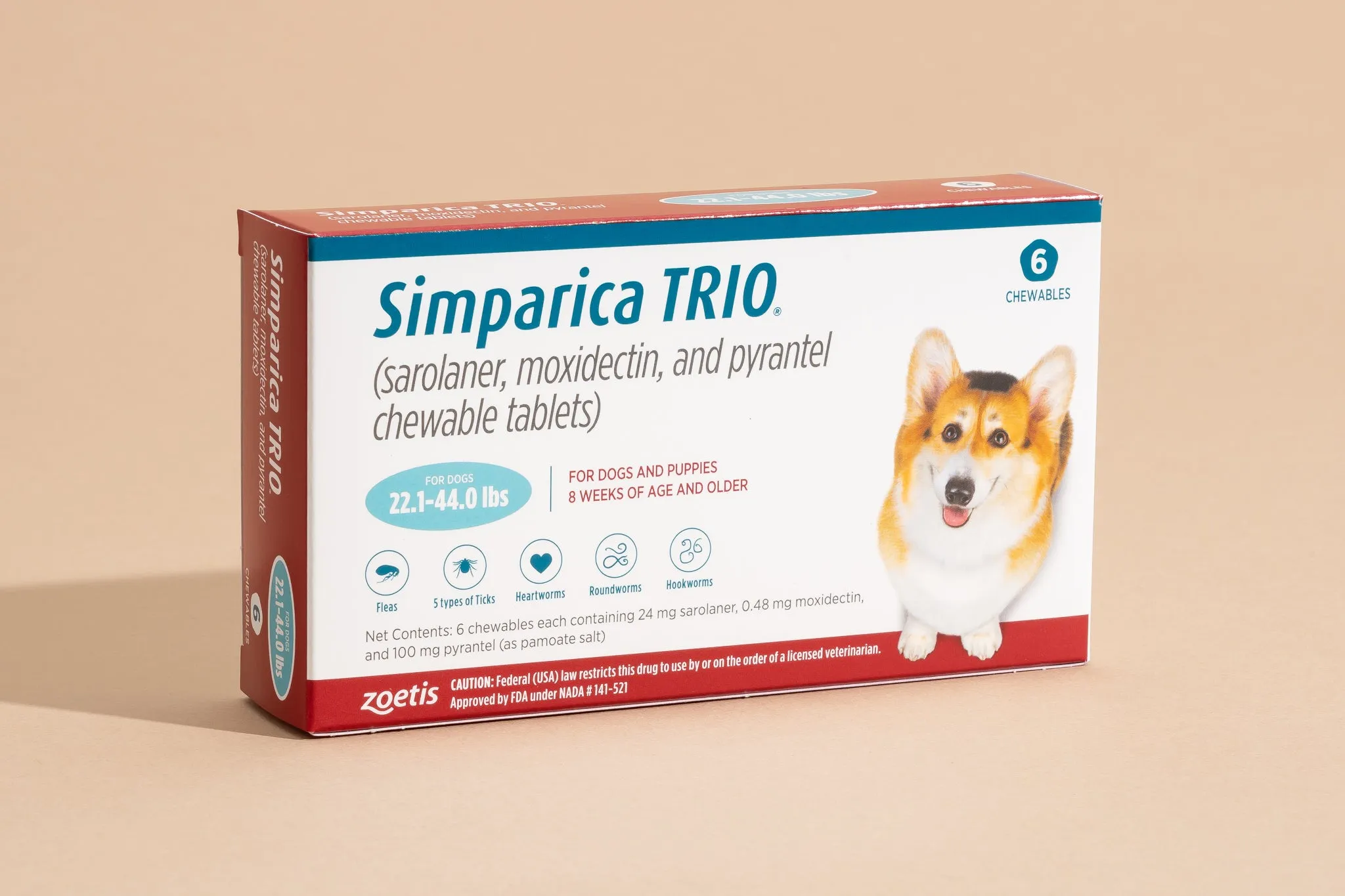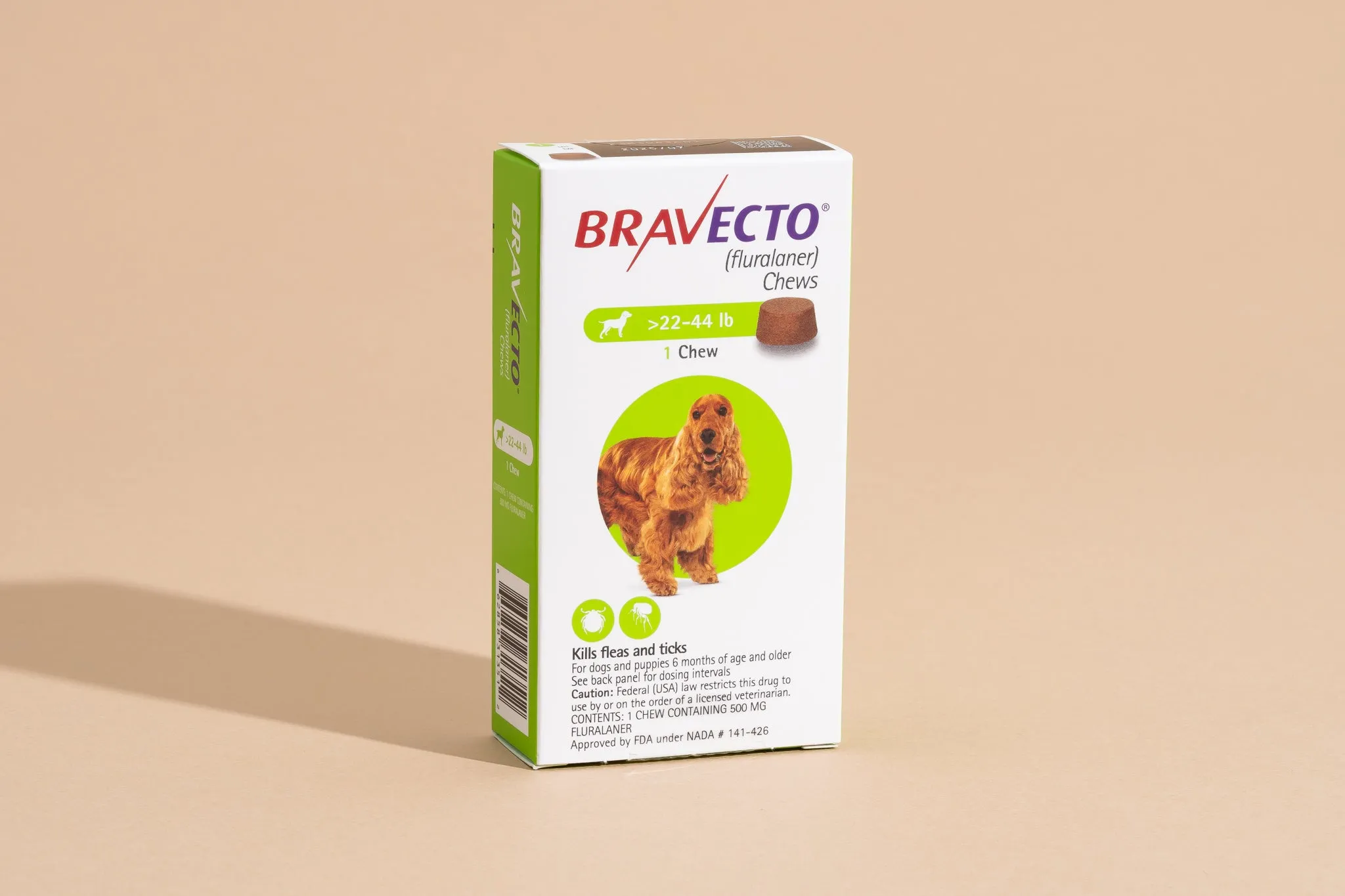Fleas and ticks are more than just an annoyance; these persistent parasites can pose serious health risks to your beloved canine companions, ranging from skin irritations and allergic reactions to transmitting dangerous diseases like Lyme disease or Rocky Mountain spotted fever. Finding the right protection is paramount for every dog owner, and for many, the convenience of Best Over The Counter Flea Meds is a primary consideration. While prescription options offer comprehensive protection, various effective over-the-counter (OTC) solutions can provide robust defense against these external pests. This guide will delve into some of the most reliable OTC flea and tick treatments available, helping you make an informed choice to keep your dog healthy and comfortable, minimizing the need for emergency vet visits for issues like a severe allergic reaction or an inexplicable dog itch medicine requirement.
Understanding the different types of treatments, their active ingredients, and their spectrum of protection is crucial. Our goal is to empower you with the knowledge to select a product that not only fits your budget and lifestyle but, most importantly, keeps your dog safe from parasites without requiring a veterinarian’s prescription every time.
Understanding Flea & Tick Treatments: OTC vs. Prescription
Navigating the world of flea and tick prevention can be daunting, with numerous options categorized as either over-the-counter (OTC) or prescription. The key difference often lies in the potency and type of active ingredients, and consequently, the breadth of protection they offer.
Over-the-Counter (OTC) Flea and Tick Meds are readily available at pet stores, supermarkets, and online without a veterinarian’s prescription. These products typically contain active ingredients that are effective against external parasites like fleas, ticks, and sometimes lice or mosquitoes. They are designed for general use and often focus on killing or repelling pests on the pet’s coat or skin. Examples include flea collars, spot-on treatments, shampoos, and sprays. Their accessibility makes them a popular choice for many pet parents.
Prescription Flea and Tick Meds, on the other hand, usually require a veterinarian’s authorization. These often contain more powerful or newer generation active ingredients that can offer a broader spectrum of protection, including prevention of heartworm disease and treatment for intestinal worms (hookworm, roundworm), in addition to fleas and ticks. They are often systemically absorbed, meaning they work from within the dog’s bloodstream. While they offer comprehensive protection, the need for a vet visit and their generally higher cost are factors to consider. Products like Simparica Trio and Bravecto fall into this category.
For dog owners specifically seeking the best over the counter flea meds, the focus will be on accessible solutions that provide reliable protection against the most common external parasites without the need for a vet visit.
Top Over-the-Counter Flea Medications for Dogs
When considering the best over the counter flea meds, two standout options offer significant protection against external parasites: the Seresto Flea and Tick Collar and K9 Advantix II Spot Treatment. These products provide effective solutions for dogs without requiring a veterinary prescription.
Seresto Flea and Tick Collar for Dogs
The Seresto Flea and Tick Collar is renowned for its remarkable longevity, offering up to eight months of continuous protection against fleas and ticks. What sets Seresto apart as a prime choice for over the counter flea treatment is its unique mechanism: it not only kills but also repels fleas and ticks. This means that parasites don’t need to bite your dog to ingest the active ingredients, drastically reducing the chances of transmission for tick-borne diseases.
 Seresto Flea and Tick Collar for Dogs in its protective tin, an effective over-the-counter option
Seresto Flea and Tick Collar for Dogs in its protective tin, an effective over-the-counter option
This collar works by slowly releasing two active ingredients, flumethrin and imidacloprid, which spread over the dog’s skin and coat. Flumethrin aids in repelling and killing ticks, while imidacloprid targets fleas and also helps in tick control. This dual action makes it highly effective. Beyond fleas and a wide range of ticks (black-legged, brown dog, American dog, lone star), Seresto also provides protection against chewing lice and sarcoptic mange, making it a versatile dog flea medicine for external parasites.
Pros:
- Exceptional Longevity: Up to eight months of continuous protection, reducing the frequency of application.
- Repellent Action: Kills and repels parasites before they can bite, minimizing disease transmission risk.
- Broad Spectrum External Parasite Control: Effective against fleas, multiple tick types, chewing lice, and sarcoptic mange.
- Water-Resistant: Maintains effectiveness even after exposure to water.
Cons:
- No Internal Parasite Control: Does not prevent heartworm or treat intestinal worms. Supplemental medication would be needed for comprehensive parasite control.
- Potential Safety Issues: While generally safe, some concerns regarding its release mechanism have been raised by the EPA, warranting careful monitoring and adherence to instructions.
- Physical Collar: Some dogs may find an extra collar uncomfortable, or it might pose a snagging risk in certain environments.
Susan Little, a prominent veterinary expert, highlights that for dogs in tick-heavy areas or during peak season, veterinarians often recommend combining an isoxazoline oral treatment with a repellent collar like Seresto for enhanced protection. The collar is available in two sizes: for small dogs up to 18 pounds and for “large dogs” over 18 pounds. It comes in a protective bag within a round canister; ensure plastic pieces are removed before fitting.
- Price per year: Approximately $90.
K9 Advantix II Flea and Tick Spot Treatment for Dogs
K9 Advantix II is another excellent choice among the best over the counter flea meds, offering a monthly topical solution that effectively kills and repels a variety of external parasites. This spot-on treatment is applied directly to your dog’s skin, typically between the shoulder blades, and works by spreading across the skin’s surface and hair coat.
 K9 Advantix II Flea and Tick Spot Treatment for Dogs box, a monthly over-the-counter topical solution
K9 Advantix II Flea and Tick Spot Treatment for Dogs box, a monthly over-the-counter topical solution
Similar to the Seresto collar, K9 Advantix II differentiates itself by both killing and repelling fleas, ticks, and lice. This repellent action is crucial as it helps prevent ticks from attaching in the first place, thus reducing the risk of transmitting diseases such as ehrlichiosis and Rocky Mountain spotted fever within the critical few hours post-attachment. Moreover, K9 Advantix II also kills and repels biting flies and mosquitoes, which are known carriers of heartworm disease and West Nile virus, offering an added layer of defense.
The active ingredients in K9 Advantix II include imidacloprid (a long-standing and effective flea killer), permethrin (a powerful insect repellent also found in human insect repellents), and pyriproxyfen, an insect growth regulator that helps break the flea life cycle. The inclusion of permethrin, while highly effective, comes with a significant caution: it is toxic to cats in high concentrations. If you have both dogs and cats, you must keep treated dogs separated from cats for at least 24 hours after application to prevent accidental ingestion or contact. Accidental ingestion by a cat can be an emergency, similar to a situation where a dog ate allergy pill not intended for them.
Pros:
- OTC Accessibility: Easily purchased without a prescription.
- Repellent Action: Kills and repels fleas, ticks, lice, biting flies, and mosquitoes.
- Comprehensive External Protection: Offers protection against a broader range of external pests compared to some other OTC options.
- Monthly Application: Ensures consistent protection with regular administration.
Cons:
- Toxic to Cats: Requires strict separation from feline household members.
- No Internal Parasite Control: Does not prevent heartworm or treat intestinal worms, necessitating separate medication for these.
- Environmental Caution: Label warns of extreme toxicity to aquatic organisms, requiring careful disposal.
K9 Advantix II is available in four dosages, catering to dogs from 4 pounds up to over 55 pounds. Each dose comes in a tube with a seal to be broken by the cap, ensuring freshness and easy application.
- Price per year: Approximately $155.
Considering Prescription Options (For Comprehensive Protection)
While this article focuses on the best over the counter flea meds, it’s important to acknowledge that some of the most comprehensive parasite protection is offered by prescription-only treatments. These options go beyond external parasites, addressing internal worms and heartworm disease. For dogs requiring broader coverage, especially those with high exposure risks or a history of multiple parasite issues, consulting a veterinarian for a prescription option is highly recommended.
Simparica Trio Chewable Tablets for Dogs (Prescription-Only)
Simparica Trio is a monthly, prescription-only chewable tablet that offers an all-in-one solution for canine parasite control. It provides the broadest spectrum of protection by simultaneously treating and controlling fleas, five kinds of ticks (including black-legged, brown dog, American dog, lone star, and Gulf Coast ticks), hookworm, and roundworm, while also preventing heartworm disease.
 Simparica Trio Chewable Tablets box, a prescription flea and tick medication for dogs
Simparica Trio Chewable Tablets box, a prescription flea and tick medication for dogs
The efficacy of Simparica Trio stems from its unique combination of three active ingredients:
- Sarolaner: An isoxazoline compound that swiftly kills fleas and ticks that are camping out on your pet, also helping to control home flea infestations within weeks.
- Moxidectin: Protects against heartworm disease, a potentially fatal condition transmitted by mosquitoes.
- Pyrantel: Extends the spectrum to include adult and immature stages of two species of hookworms and two species of roundworms.
Simparica Trio can be used in puppies eight weeks and older weighing at least 2.8 pounds. It is typically given with or without food and comes in a liver-flavored nugget, making administration easier for many dogs. However, it is not currently labeled for the Asian longhorned tick.
- Kills or repels: Fleas, black-legged tick, brown dog tick, American dog tick, lone star tick, Gulf Coast tick, heartworm, hookworm, roundworm.
- Price per year: Approximately $350 to $405 (depending on dosage).
Bravecto Chew for Dogs (Prescription-Only)
The Bravecto Chew for Dogs is a prescription-only oral treatment renowned for its extended duration of action. One chew provides up to 12 weeks of protection against fleas and several types of ticks, making it one of the longest-lasting oral treatments available. This infrequent administration can be a significant convenience for busy pet owners.
 Bravecto Chew for Dogs packaging, a long-lasting prescription flea and tick treatment
Bravecto Chew for Dogs packaging, a long-lasting prescription flea and tick treatment
Bravecto’s active ingredient is fluralaner, another isoxazoline, which effectively kills fleas and ticks. It’s notably our only recommended product that kills the Asian longhorned tick, a growing concern in certain regions. It also targets black-legged (deer) ticks, brown dog ticks, American dog ticks, and lone star ticks. However, for areas with a high population of lone star ticks, the product label indicates administering Bravecto every eight weeks for full coverage.
A key distinction of Bravecto is that it does not contain drugs to prevent heartworm or treat hookworm and roundworm. For comprehensive parasite control, dog owners would need to use a separate product to address these internal parasites. Bravecto is available in multiple dosages for dogs ranging from 4.4 to 123 pounds and should be given with food.
- Kills or repels: Fleas, black-legged tick, brown dog tick, American dog tick, lone star tick, Asian longhorned tick.
- Price per year: Approximately $330 to $350 (for 12-week administration, depending on dosage).
Factors to Consider When Choosing Over-the-Counter Flea Meds
Choosing the best over the counter flea meds involves more than just picking the first product you see. Several crucial factors should guide your decision to ensure the treatment is effective, safe, and appropriate for your dog and household.
 Comparison chart of over-the-counter flea and tick treatments for dogs and the parasites they target
Comparison chart of over-the-counter flea and tick treatments for dogs and the parasites they target
Type of Parasites: While your primary concern might be fleas and ticks, consider if other parasites like lice, biting flies, or mosquitoes are prevalent in your area. Some OTC products, like K9 Advantix II, offer protection against these additional pests. If you suspect internal parasites or heartworm, remember that OTC external treatments won’t cover these, and a vet consultation for a broader solution (possibly prescription) is necessary. For serious issues like Parvo, specific intervention is crucial, and you might need information on a parvo cure tablet.
Pet’s Lifestyle and Exposure:
- Indoor vs. Outdoor: Dogs that spend more time outdoors, especially in wooded or grassy areas, will have higher exposure to ticks and may require a more robust or repellent treatment.
- Travel: If you travel with your dog, consider the parasite risks in different geographical locations.
- Multi-Pet Households: This is a critical factor, especially if you have cats. Products containing permethrin, such as K9 Advantix II, are highly toxic to cats. Always read labels carefully and ensure safe separation if needed.
Ease of Administration: Flea and tick treatments come in various forms:
- Collars (e.g., Seresto): Convenient for long-term, hands-off protection, but some dogs might dislike wearing them.
- Spot-ons (e.g., K9 Advantix II): Easy to apply directly to the skin, but requires careful application and drying time.
- Oral Chews (prescription): Palatable for many dogs, but require a prescription.
Consider what will be easiest and least stressful for you and your dog to ensure consistent application.
Duration of Effectiveness: OTC options vary in how long they last. Seresto collars offer eight months of protection, while K9 Advantix II is a monthly spot-on. Assess whether you prefer a “set it and forget it” approach or are comfortable with monthly applications. Consistency is key, regardless of the product chosen.
Safety for Your Pet and Other Household Animals: Always prioritize safety. Read all warning labels thoroughly. Be aware of potential side effects, although rare with properly used OTC products. As mentioned, the toxicity of permethrin to cats is a major consideration. If your dog exhibits unusual symptoms like a medicine for dog runny nose is needed, consult your vet immediately.
Veterinarian Consultation: Even when choosing over the counter flea meds, a consultation with your veterinarian is invaluable. They can help assess your dog’s specific risk factors, health status, and recommend the most appropriate product, or advise if a prescription treatment would be more beneficial. They can also address any underlying health issues that might make your dog more susceptible to parasites or less tolerant of certain treatments.
By carefully considering these factors, you can confidently select an OTC flea and tick treatment that provides excellent protection for your dog, ensuring their health and well-being.
Conclusion
Protecting your dog from fleas and ticks is an ongoing commitment essential for their health and comfort. While comprehensive, broad-spectrum protection often comes in the form of prescription medications like Simparica Trio or Bravecto, there are highly effective best over the counter flea meds that offer robust defense against external parasites. Products like the Seresto Flea and Tick Collar and K9 Advantix II Spot Treatment provide excellent options for dog owners seeking accessible and reliable solutions without a veterinary prescription.
The Seresto collar stands out for its exceptional eight-month longevity and unique repellent action, minimizing the risk of disease transmission by preventing bites. K9 Advantix II, a monthly spot-on, offers similar repellent benefits against fleas, ticks, and even mosquitoes and biting flies, albeit with crucial warnings regarding its toxicity to cats.
Ultimately, the best choice depends on your dog’s specific needs, lifestyle, the prevalence of parasites in your area, and the composition of your household. Always prioritize safety, read product labels carefully, and consult with your veterinarian. They are your best resource for personalized advice, ensuring that your beloved canine companion receives the most appropriate and effective parasite prevention, leading to a happier, healthier life free from pesky pests.
References
- Adolph, C. (Veterinary Parasitologist, Zoetis). Personal communication regarding Simparica Trio.
- Companion Animal Parasite Council (CAPC). (n.d.). Videos: Gulf Coast Tick. Retrieved from https://capcvet.org/videos/gulf-coast-tick/
- Centers for Disease Control and Prevention (CDC). (n.d.). Ticks: Gulf Coast Tick. Retrieved from https://www.cdc.gov/ticks/maps/gulf_coast_tick.pdf
- Centers for Disease Control and Prevention (CDC). (n.d.). Ticks: Lone Star Tick. Retrieved from https://www.cdc.gov/ticks/maps/lone_star_tick.pdf
- Centers for Disease Control and Prevention (CDC). (n.d.). Lyme Disease: Causes of Lyme Disease. Retrieved from https://www.cdc.gov/lyme/causes/?CDC_AAref_Val=https://www.cdc.gov/lyme/transmission/index.html
- Little, S. (Veterinarian). Personal communication regarding flea and tick prevention strategies.
- Merck Animal Health USA. (n.d.). Bravecto Chew for Dogs. Retrieved from https://www.merck-animal-health-usa.com/bravecto/chew-for-dogs
- National Pesticide Information Center (NPIC). (n.d.). Imidacloprid General Fact Sheet. Retrieved from http://npic.orst.edu/factsheets/imidagen.html
- PetMD. (n.d.). Pyrantel Pamoate. Retrieved from https://www.petmd.com/pet-medication/pyrantel-pamoate
- SpringerLink. (n.d.). Moxidectin. Retrieved from https://link.springer.com/article/10.1186/s13071-021-05104-7
- U.S. Environmental Protection Agency (EPA). (n.d.). Seresto Pet Collar Review. Retrieved from https://www.epa.gov/pets/seresto-pet-collar-review
- The Wirecutter (NYT). (n.d.). Sawyer Permethrin Premium Insect Repellent Review. Retrieved from https://www.nytimes.com/wirecutter/reviews/sawyer-permethrin-premium-insect-repellent-review/
